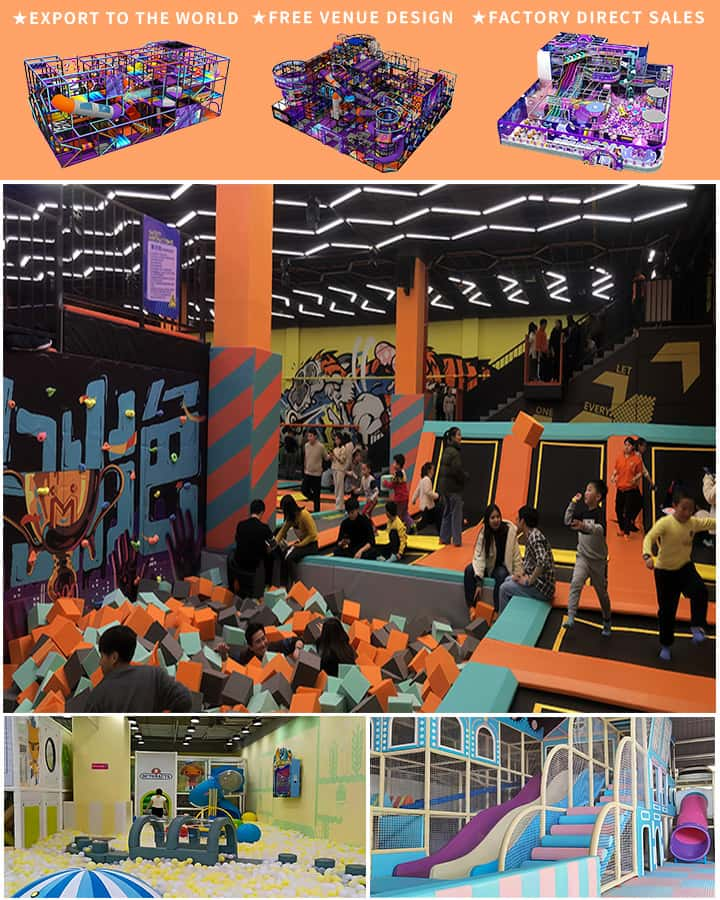Creating a backyard playground can be an exciting and rewarding project for any family. With a little creativity and planning, you can transform your outdoor space into a haven of fun and adventure for your kids. Here’s a comprehensive guide to help you design the ultimate kids’ backyard playground that is both safe and enjoyable.
Planning Your Playground Space
Before breaking ground, it’s crucial to assess the available space and determine how you can best utilize it. Consider the ages and interests of your children to ensure the playground meets their needs. Sketch out a rough plan, taking into account the placement of different elements like swings, slides, climbing structures, and sandboxes.
Safety First
Safety is paramount when designing a backyard playground. Ensure the area is free from hazards such as hard surfaces, sharp objects, or uneven terrain. Use soft materials like rubber mulch, wood chips, or grass to cushion falls. Installing a fence around the playground can provide an extra layer of security, preventing young children from wandering off.
Essential Playground Structures
Swings: A set of swings is a classic addition to any playground. Choose between traditional belt swings, toddler swings with safety harnesses, or even tire swings for older children. Make sure they are hung securely with strong ropes and checked regularly for wear and tear.

Slides: Slides come in various sizes and styles, from simple straight slides to more elaborate spiral designs. Ensure the landing area is well-padded to prevent injuries.
Climbing Structures: Whether it’s a basic jungle gym or an intricate climbing wall, these structures offer great physical challenges and opportunities for imaginative play. Always supervise children while they are climbing to prevent accidents.
Sandbox: A sandbox provides endless hours of entertainment. Line it with weed barrier fabric and fill it with clean, fine sand. Consider adding sand toys like shovels, buckets, and molds to spark creativity.
Trampoline: If you have enough space and budget, a trampoline can be a fantastic addition. Ensure it has a safety net enclosure to prevent falls and follow manufacturer guidelines regarding weight limits and maintenance.
Playhouse or Fort: A small playhouse or DIY fort can become a favorite retreat for kids. You can buy pre-made structures or build one yourself using durable materials like wood or plastic.
Additional Fun Features
Chalkboard Wall: A section of chalkboard paint on an exterior wall allows kids to express their creativity with colorful drawings that can be easily washed away.
Garden Elements: Incorporate natural features like a small vegetable garden or flower beds where kids can learn about plants and nature. This can also teach them responsibility and patience as they care for the garden.
Water Features: On hot days, a small water table or sprinkler system can provide refreshing fun. Ensure water features are used safely and always supervise young children around water.
Sports Area: Set up a mini basketball hoop or a badminton net to encourage physical activity and friendly competition among siblings and friends.
Maintenance and Upkeep
Maintaining the playground ensures it remains safe and fun for years to come. Regularly check all equipment for signs of wear or damage, especially after heavy use or weather changes. Clean the play area regularly to keep it sanitary and welcoming. Replace any broken parts immediately and refresh soft landing surfaces as needed.
Conclusion
Building a backyard playground is an investment in your children’s happiness and development. By carefully planning and incorporating a variety of structures and features, you can create a magical space where kids can play, explore, and grow. Remember, the key to a successful playground lies in balancing fun with safety, ensuring it remains a cherished spot for family memories.




